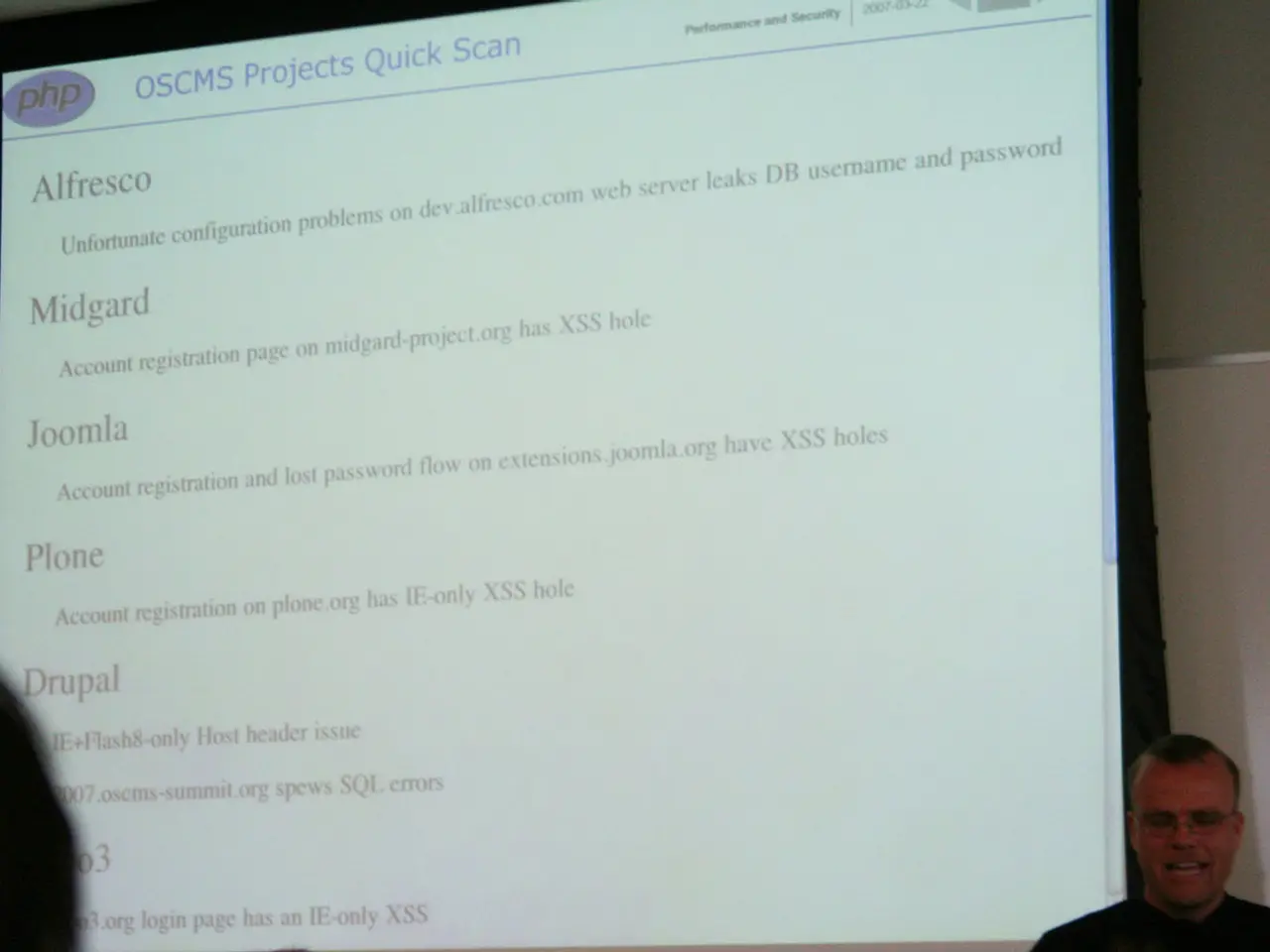Emerging Developments in Soccer Commerce: Digital Era Sponsorships and Income Strategies
In the world of soccer, digital sponsorship is rapidly transforming the landscape, creating a fusion of media rights, global brand partnerships, and direct-to-consumer digital commerce. This revolution is driven by the surge in women’s soccer viewership, fanbase diversification, and advancements in technology.
A significant portion of sports betting enthusiasts are placing bets on soccer, either through traditional or crypto betting sites, indicating the sport's enduring popularity.
Multiple soccer clubs are partnering with digital platforms to provide exclusive content, generating ongoing subscription revenue and enhancing fan experiences. This move towards digital streaming services is a strategic trend, as global broadcasters expand access and audience reach.
Every part of the soccer industry, including clubs and leagues, is adopting digital technologies. The latest trends in digital sponsorship strategies and revenue models emphasize expanding commercial value through media rights growth, strategic brand partnerships, and direct-to-fan digital engagement.
One key trend is the rapid media rights revenue growth, driven by increased globalization and diversified fan demographics. For instance, UEFA Women's EURO 2025 generated €128M revenue, with media rights nearly doubling from 2022 to €72M, broadcast to 200 countries reaching 500 million live viewers.
Sponsorship expansion integrating global brands is another significant trend. UEFA Women’s EURO 2025 attracted 21 partners including Amazon, Visa, and Volkswagen, spiking sponsorship revenue from €15.3M in 2022 to €41M in 2025. Similarly, the National Women’s Soccer League (NWSL) generated $39.5M from league sponsorship and $66.46M from team sponsorships in 2025.
Digital-first retail and merchandise strategies are also augmenting revenue. Football clubs collaborate with local brands and fashion companies to enhance global reach, profit margins, and fan engagement. Social media influencers and exclusive collections are used to drive impulse purchases.
Media and sponsorship deals are increasingly centered around integrated digital experiences, with broadcasters, kit suppliers, and sponsors focusing on multi-platform visibility and social media engagement. Connected social media followings are now a critical measure of commercial appeal, enhancing sponsorship value.
The rise in women’s soccer popularity has opened distinct new sponsorship opportunities by appealing to diverse demographics, including crossover male fans. Interest in women’s sports rose to 50% of the global population in 2025, fueling a $1.2 trillion global women’s consumer market that brands are eager to access.
Clubs must navigate regulatory changes related to data privacy, advertising standards, and endorsements to protect their brands and maintain reputations. They must also ensure that their sponsorship partnerships align with their values and resonate with their fan base to avoid backlash.
Soccer clubs are also participating in eSports, launching their own events and leagues to engage younger, tech-savvy audiences and generate additional revenue. Tech brands are increasingly present in soccer sports sponsorships.
Soccer clubs are undertaking international tours to generate revenue through ticket sales, merchandise, sponsorships, and media relations. Successful engagement strategies on social media help teams better connect with their supporters and create loyalty.
The continued elevation of video and digital gaming with traditional sports is highlighting new engagement platforms for soccer fans. Social media platforms provide instant feedback about campaigns and fan reactions, enabling clubs to adjust their strategies in real time.
In conclusion, digital sponsorship in soccer is increasingly blending media rights, global brand partnerships, and direct-to-consumer digital commerce, capitalizing on expanding global audiences, new fan demographics, and technology-driven media consumption. This multi-pronged revenue model enhances both league-level and team-level commercial growth prospects.
- The surge in global interest in women's soccer, backed by rising viewership and diversified fanbase, is driving significant revenues from media rights, pushing them to €72M at UEFA Women's EURO 2025.
- Tech brands are becoming increasingly prominent in soccer sports sponsorships, capitalizing on technology-driven media consumption and the integration of digital platforms in the soccer industry.
- As a consequence of digital sponsorship integration, social media followings have become a critical measure of commercial appeal, enhancing sponsorship value for soccer clubs.
- Clubs are adopting digital-first retail and merchandise strategies, collaborating with local brands, fashion companies, and social media influencers to augment revenue and increase fan engagement.
- With the emergence of eSports, soccer clubs are engaging younger, tech-savvy audiences, creating additional revenue streams through their own events and leagues, while diversifying their fan base.




